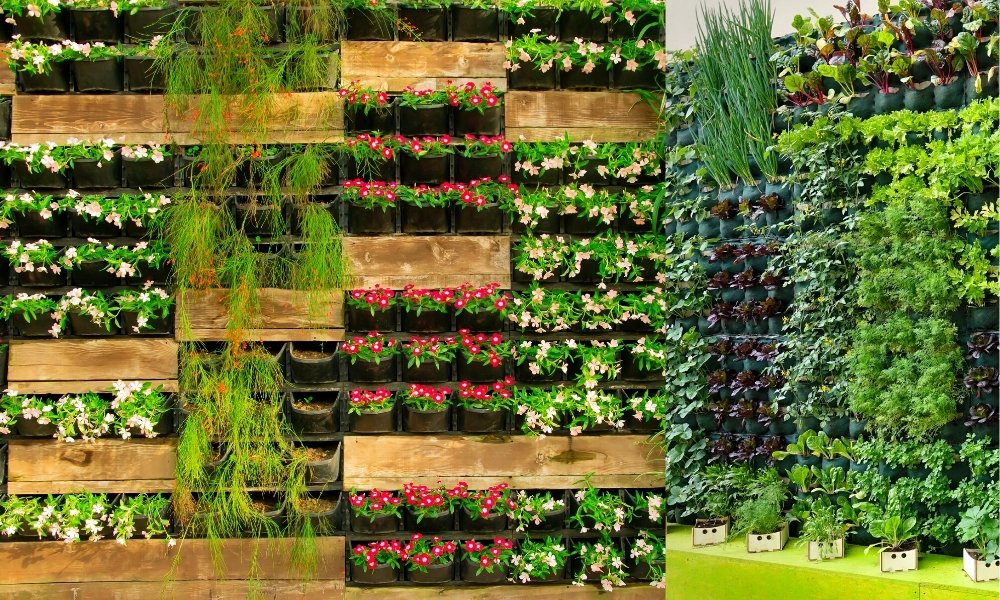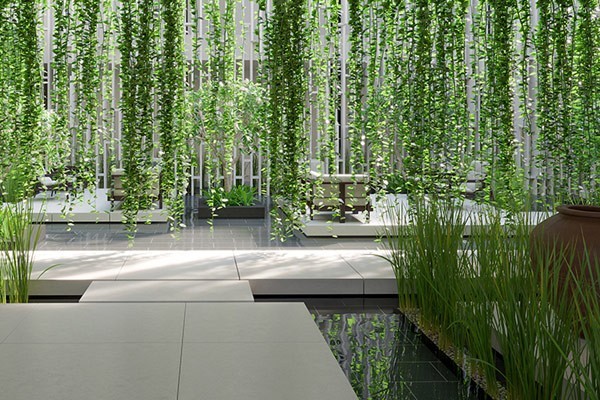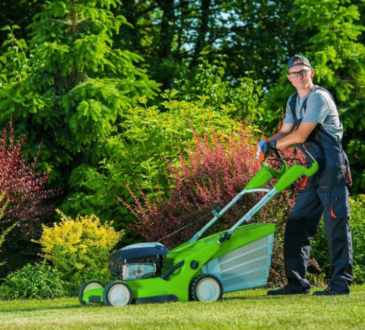
Vertical gardening is a modern approach to gardening that not only maximizes limited space but also adds a touch of greenery to urban environments. With the increasing popularity of vertical gardening, innovative solutions have emerged to make it easier and more accessible for everyone. From creative designs to smart technologies, let’s explore some of the most exciting vertical gardening innovations.
1. Living Walls
Living walls, also known as green walls or vertical gardens, are one of the most visually stunning vertical gardening innovations. These walls are covered with plants that are vertically suspended or grown in modules attached to the wall. They can transform any dull space into a vibrant and lush oasis.
Living walls not only provide aesthetic appeal but also offer numerous benefits. They improve air quality, reduce noise pollution, and act as natural insulation. Additionally, these vertical gardens can be designed to include edible plants, allowing urban dwellers to grow their own fresh produce.
2. Vertical Hydroponics
Hydroponics is a soilless cultivation method that has gained popularity in recent years. Vertical hydroponics takes this technique to new heights by growing plants vertically in a nutrient-rich water solution. This innovation eliminates the need for soil and allows plants to grow in a smaller footprint.
Vertical hydroponics systems are designed to maximize space and optimize water usage. They can be installed indoors or outdoors, making them ideal for urban and small-scale gardening. By providing a controlled environment, vertical hydroponics enables year-round cultivation and increases crop yield.
3. Stackable Planters
Stackable planters are a practical solution for vertical gardening in limited spaces. These innovative planters allow you to stack multiple layers on top of each other, creating a vertical garden tower. Each layer has pockets or compartments to hold individual plants.
Stackable planters are versatile and can be used for growing a wide variety of plants, including flowers, herbs, and vegetables. They are lightweight, portable, and easy to assemble, making them suitable for both indoor and outdoor use. With stackable planters, you can create a beautiful display of plants even in the smallest balconies or patios.
4. Automated Vertical Gardens

Automation has revolutionized various industries, and vertical gardening is no exception. Automated vertical gardens use smart technologies to monitor and control growing conditions, making gardening easier and more efficient.
These systems typically include sensors that measure temperature, humidity, and nutrient levels. Based on these readings, automated vertical gardens can adjust watering schedules, provide optimal lighting, and even alert gardeners about any potential issues. With automated vertical gardens, you can enjoy the benefits of gardening without the constant monitoring and manual labor.
5. Green Roofs
Green roofs are an innovative way to utilize vertical space in urban environments. Instead of traditional roofing materials, green roofs are covered with a layer of vegetation, creating a mini garden on top of buildings.
Green roofs offer numerous benefits, such as reducing energy consumption, improving air quality, and mitigating stormwater runoff. They also provide insulation, extending the lifespan of the roof. In addition to their environmental advantages, green roofs provide a peaceful and relaxing retreat in the midst of a concrete jungle.
As vertical gardening continues to gain popularity, these innovations are transforming the way we garden. Living walls, vertical hydroponics, stackable planters, automated vertical gardens, and green roofs are just a few examples of the exciting advancements in vertical gardening. With these innovations, anyone can unleash their green thumb and create a thriving garden even in the most limited spaces.




